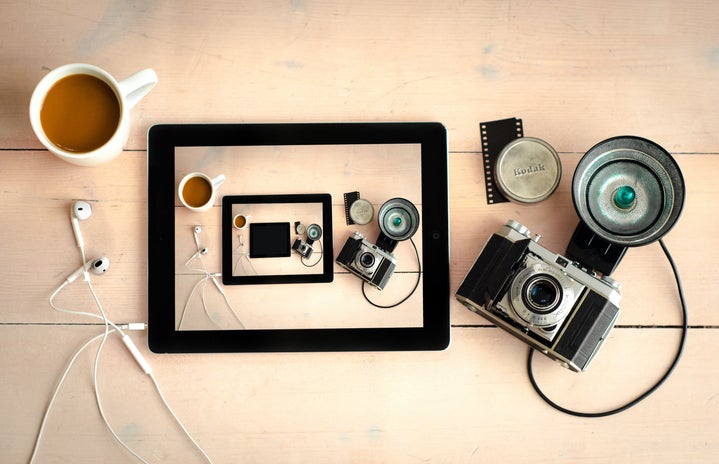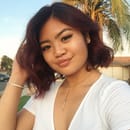While surfing Youtube over the summer, I came across a video of a girl filming her Bullet Journal Spread for the month. Each page was elaborately designed and decorated with a cohesive theme. She made habit trackers, monthly goals, and weekly planners for her to fill out throughout the month. I had only ever seen or heard of bullet journals from Tumblr, but I had always just assumed that they were simply fleshed out art journals that people created for fun. Upon watching this video I realized that people actually used bullet journals for other things such as planning or organizing. It was like creating your own customizable agenda! After subscribing and binge-watching months of bullet journal spread tutorials, I decided to start my own.
So, what even is a bullet journal? Otherwise known as a ‘bujo,’ a bullet journal can really be anything you want. The functionality of a bujo varies from a planner, a personal scrapbook, or a journal full of to-do lists. The beauty of it all is that it’s completely customizable to you and your preference. If you like having organized layouts but don’t want to be confined to premade templates from store-bought planners, bujos are great to create your own spreads and focus on whatever is relevant to your life. If you don’t know where to start, bujos are still great to allow you to experiment creatively with spreads or layouts that might help you better structure your day to day events.
Image credit: Ellie Sunakawa (Buzzfeed)
Now if you feel inspired and are ready to take action to begin a bullet journal, the good news is the basis of starting one is extremely simple. All you need are two things: a notebook and a writing utensil. Most people tend to prefer buying journals with dot grid pages to allow for the most freedom when it comes to creating spreads. But if you’re not comfortable with drawing straight lines or going out to buy another notebook, any college-ruled notebook from home will suffice. When you feel more comfortable, you can begin to add more decorative aspects to your journal by using different colored pens, washi tape, or adding polaroids or pictures. When you’re beginning, it’s best to start simple. You can look up basic spreads online or refer to sites like Youtube, Tumblr, and Pinterest for inspo. Use a ruler to ensure your lines and spacing are correct, and let your creativity run loose.
Image Credit: Adrienne Castleton (Archer and Olive)
Popular pages that people incorporate into their bullet journals are mood or habit trackers, monthly calendar spreads, and weekly to-do lists, but you can also add more personalized pages such as brain dumps (pages you leave blank so you can fill it up with anything you want throughout the week) or monthly overviews (a page dedicated to having writing a short recap of your month complete with pictures or memorabilia from the things you’ve done). You can write down monthly playlists, make lists for movies you should watch, or books you need to read, it’s completely up to you.
If a spread doesn’t turn out the way you want, don’t stress it or feel pressured to make everything look picture perfect. The whole point of bullet journaling is to benefit your life and provide a creative outlet for you to plan out what you need to do. If it’s stressing you out more than helping, then maybe bullet journaling isn’t for you and that’s ok! You can always just use a bullet journal as a diary, mini scrapbook, or art notebook if you don’t want to use it as an agenda and it’ll be just as effective.
And now you’re all ready to go, so grab a notebook and your favorite pen and have fun.
Want to keep up with HCBU? Make sure to like us on Facebook, follow us on Instagram, check out our Pinterest board, and read our latest Tweets!



